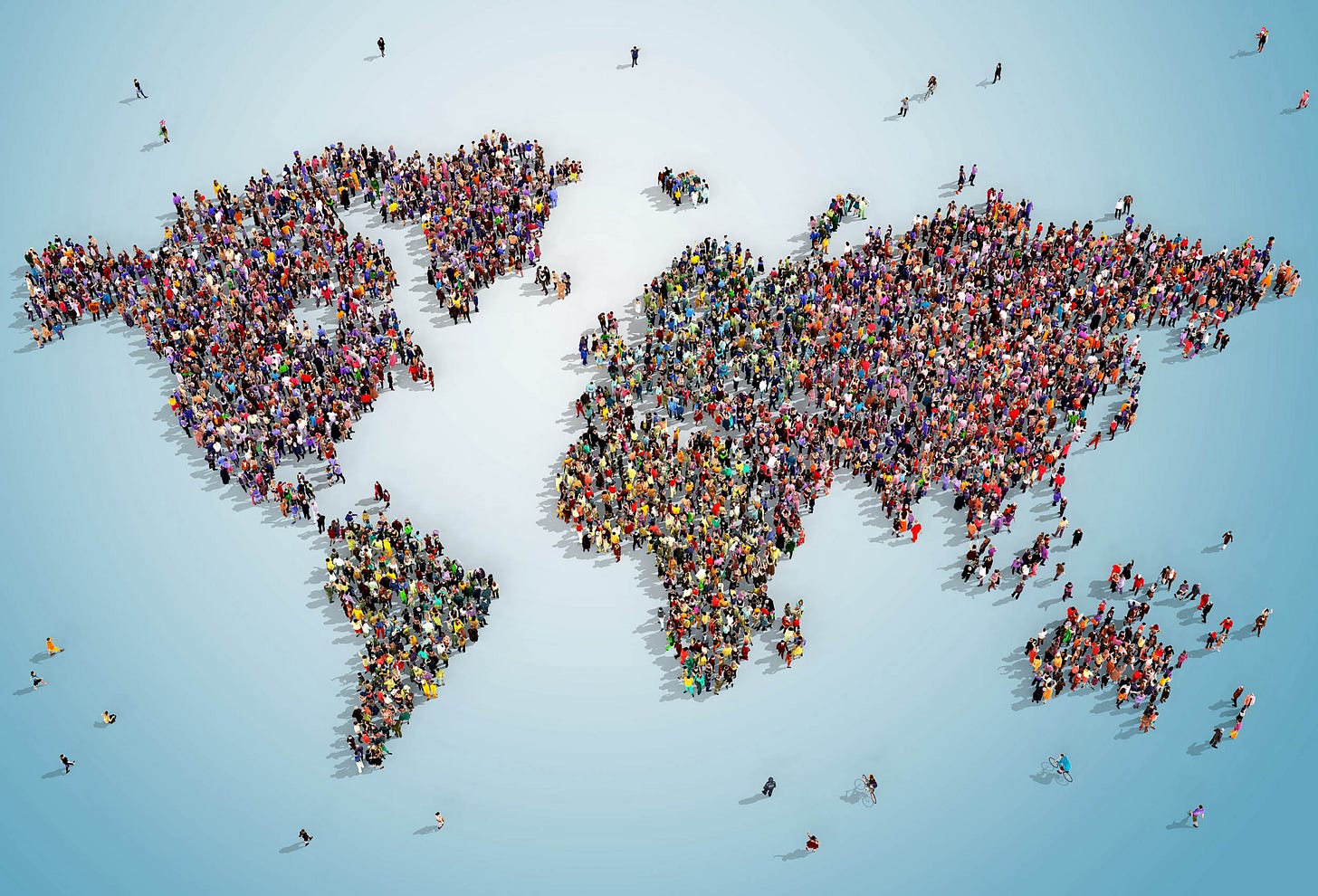The world is filled with fascinating humans
I travel for humanity and connection...you can too.
I meet so many amazing and fascinating people in my private life - the greatest privilege of my life. I mean starting with my husband of course, the most fascinating and acute-astute of them all. And then my mother who is the most well read, most multi-faceted polymath you’ve ever encountered. My high school English teacher who taught me critical thinking (currently we’re on a furious Middle East debate), my friend in LA who does art consulting with finesse like only the gods could match and her no bullshit whip smart wife who I adore, my bestest friend who is tackling AI and biotech (plus raise a tiny human), my Italian friend in San Francisco who’s one of the most stylish and style-making humans I have ever met (and cooks better than anyone I have ever met), our bestest friends who are the most generous humans I have ever met (and also the most gaiety inducing of them all on land and sea), my editor who is now a friend who has shaped the way we think about music through his magazine…
Keep reading with a 7-day free trial
Subscribe to Without Maps to keep reading this post and get 7 days of free access to the full post archives.


